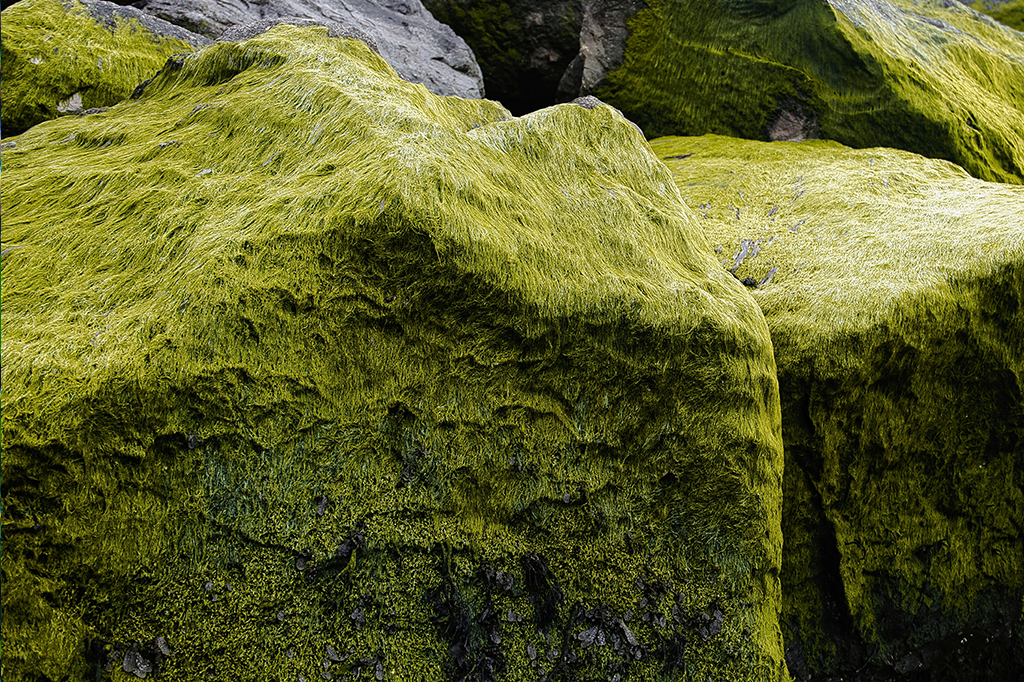Aquascaping has undergone transformations into several distinct styles. Each style possesses its own distinct features and traits, providing boundless opportunities for imaginative expression. Let’s delve into the eight prevalent styles of aquascaping.

This is part 1 of the ‘Different Scaping Styles’ series. Check out the other parts here:
The Dutch Style
The Dutch style of aquascaping is recognized for its opulent assortment of plants, showcasing a variety of leaf types. A distinctive feature of this style is the creation of elevated ‘layers’ or terraces, often referred to as Dutch ‘streets,’ which contribute to the overall aesthetic appeal. In a Dutch-style aquarium, the substrate is either covered by a lush carpet of plants or interspersed with different varieties, creating a visually engaging tapestry.
One notable characteristic of the Dutch style is the deliberate absence of hardscape elements such as stones or driftwood. Unlike other aquascaping styles where rocks and wood may play a pivotal role in the design, Dutch aquascapes prioritize the lush and intricate patterns formed by the myriad plants. The focus on greenery allows for a vibrant and dynamic display that evolves as plants grow and fill the available space.
In addition to the layered arrangement, the Dutch style often features taller plants strategically positioned along the back of the tank. This height variation not only adds depth to the composition but also contributes to a visually appealing backdrop. The absence of hardscape allows the observer to fully appreciate the diversity of plant species, with their different colors, shapes, and textures taking center stage.

Taiwanese Style
While it may not be as prevalent in contemporary aquascaping circles, the Taiwanese style stands out with its distinctive use of high terraces at varying depths, contributing to a visually intriguing aquatic setting. One of the most notable hallmarks of the Taiwanese approach is the deliberate inclusion of small objects or figurines within the aquarium, serving as captivating embellishments that inject a sense of ‘life’ into the aquatic tableau.
Unlike some of the more minimalist styles, the Taiwanese aquascaping technique introduces a three-dimensional aspect by incorporating elevated terraces. These terraces, arranged at different heights, not only add complexity to the layout but also provide an opportunity for showcasing a diverse range of plant species, each adapting to its unique microenvironment. The varying elevations create a captivating interplay of light and shadow, enriching the overall visual experience for the observer.
In essence, the Taiwanese aquascaping style transcends the traditional boundaries of underwater landscaping by infusing a touch of whimsy and narrative depth. This style is an ideal choice for aquarists who seek to create not just a visually appealing aquatic landscape but a tiny, captivating world within the glass confines of their tank. By incorporating elements of fantasy and storytelling, the Taiwanese style invites observers to immerse themselves in a miniature realm where imagination and creativity know no bounds.

Iwagumi Style
The Iwagumi style, pioneered by the visionary Takashi Amano, often hailed as the Father of Modern Aquascaping, stands as a testament to the enduring influence of a master’s artistic vision. This particular style has ascended to become one of the most widely embraced and admired forms of aquascaping in contemporary aquarium culture. Characterized by a deliberate arrangement of stones based on the principles of the Golden Ratio or Rule of Thirds, Iwagumi aquascapes are celebrated for their captivating simplicity and adherence to the aesthetic harmony found in nature.
The use of the Golden Ratio in positioning the stones adds a mathematical precision to the artistic endeavor, creating a sense of balance that is both visually pleasing and in tune with the natural world. This style often mimics the serene beauty of natural landscapes, where simplicity and open space coalesce to evoke a tranquil, harmonious atmosphere. The deliberate arrangement of stones in Iwagumi aquascapes invites observers to contemplate the subtle elegance inherent in nature’s design.
Beyond its aesthetic allure, Iwagumi aquascaping encourages a deeper connection with the aquatic environment. By carefully selecting and positioning stones, aquarists can convey a sense of movement, flow, and geological diversity within the confined space of the aquarium. This creates a living artwork that not only appeals to the eye but also resonates with the profound beauty of untouched landscapes.

Biotope Style
The Biotope style emerges as a meticulous and immersive art form that aspires to recreate, with utmost precision, a specific natural environment within an aquarium setting. This approach goes beyond the mere arrangement of plants and decorations; it extends to replicating the entire ecosystem, encompassing water conditions, flora and fauna species, and the very hardscape elements such as stone and driftwood. In essence, the Biotope style seeks to encapsulate the essence of a particular geographic region, providing aquarists with a unique opportunity to bring a slice of nature into their homes.
What distinguishes the Biotope style is its commitment to authenticity. Aquarists undertaking this style meticulously research and replicate the environmental parameters of a chosen biotope, including water chemistry, temperature, and the specific plant and animal species endemic to that region. This dedication to accuracy results in aquariums that not only showcase the beauty of nature but also serve as valuable tools for scientific observation and study.
The aesthetic appeal of Biotope aquascapes is profound, reflecting the inherent beauty of the natural world. From the graceful sway of aquatic plants to the harmonious coexistence of carefully selected fauna, every element is thoughtfully arranged to mirror the delicate balance of a real ecosystem. Moreover, the inclusion of hardscape elements like stone and driftwood adds an authentic touch, recreating the geological features and microhabitats characteristic of the chosen biotope.







Leave a Reply